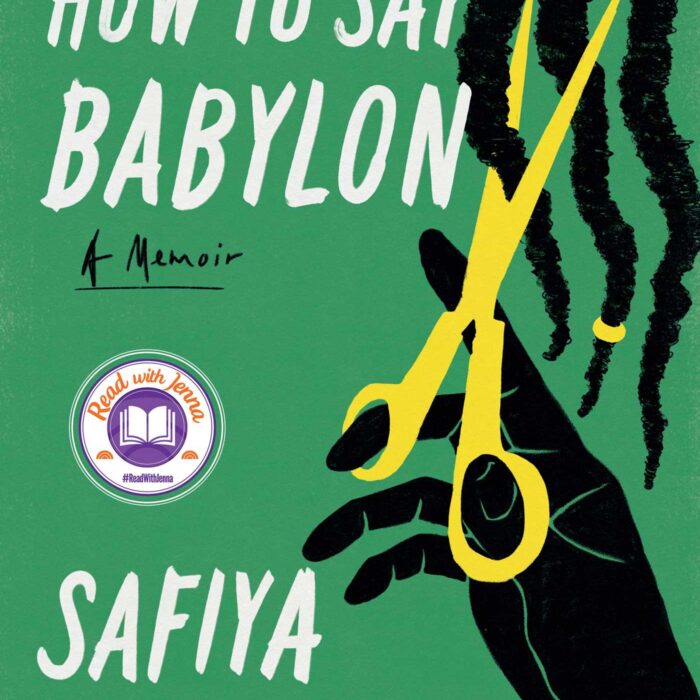You have no items in your cart. Want to get some nice things?
Go shopping
It is a bleak day when I visit the artist Rab Harling at the Balfron Tower in Poplar, East London. I have always been suspicious of Brutalist architecture and whether it serves as a happy environment for the people who live in them, and staring up at the gargantuan concrete tower block set against a grey sky, I could see why Danny Boyle used it in his post-apocalyptic film 28 Days Later. It scares me.
When I tell Rab that it looks like something between a large factory and something out of 1984, he disagrees. For one thing, it was Battersea Power Station (another example of Brutalist architecture) that was the facade for Victory Mansions in the film 1984; and for another, it’s beautiful inside, Rab tells me. Rab is currently taking up residency on the second floor to create a large photographic installation about the building, its community, and the idea of “happiness” that an environment can either inspire or extinguish. Having just read Alain de Botton’s The Architecture of Happiness, I am curious to find out more about social housing like Balfron Tower, and those who live there.
Its sister building is the 31-floor Trellick Tower in Kensington, and both were designed by Erno Goldfinger in an attempt to solve the huge shortage of housing in the country following the Second World War. Goldfinger was known as a humourless man who would fire his assistants for being too “jocular”. When he heard that Ian Fleming had made him into the villain in one of his James Bond books, he contested it so vehemently that Flemming nearly changed the character to “Goldprick”. Looking at the tower, I can’t help but think it is a mere extension of the architect’s character, which has been—and will be–inflicted upon many generations more. At 27 floors high, it houses hundreds of people, about half of whom are Bangladeshi (says Rab) and all of whom (including him) will be moving out as the building is being refurbished. They do not know if they will be able to return.
Where we live and the buildings around us make up the foundations of our community and can have a strong hold on our sense of happiness in our lives. Oscar Wilde claimed that the “wrong kind of wallpaper” could upset him more than a death in the family. As an extreme aesthete, I doubt he would have liked Brutalist architecture. The Balfron tower was built with the socialist ideals of economy and community, but due to urban decay after the war and the stark alien presence of such blocks compared with the rest of the city’s architecture, Brutalism quickly became unpopular and synonymous with unhappy lives.

“I want to make a piece that sheds a positive light on the often negative associations people bring to social housing and celebrate the diversity of the community within,” Rab says as we reach his place. It’s the size of a small house with steps leading down into a large living room with big windows. It’s peaceful, quiet, and light. A balcony spans the width of the room and the kitchen next door, overlooking another estate, a children’s “playground” fitted with strange concrete walls and a concrete slide, and in the distance, the grand glass panels of HSBC towers, rooted in one of the richest areas in London.
“This area,” Rab says, bringing me back to the present, “is one of the poorest in Europe, but this building”—he thumps his fist against the living room wall—“is solid, well made so that you have privacy.”
Rab’s work is a series of photos taken in the apartments, looking out (see right). To show the building from another perspective, he’ll set them on a light box and, in essence, turn the Balfron Tower inside out. By getting to know as many of the residents as possible and through their word of mouth, he is building up his own network and relationship with his fellow residents in the form of “a family tree”.
“Beauty is the promise of happiness,” quotes Alain De Botton in The Architecture of Happiness, but in Brutalist design there is no room for the indulgence of beauty, only that of economy. Form must follow function, which through the 70s and 80s was simply “low budget”. John Ruskin said, “Buildings should shelter us, speak to us of all the things that are important, and remind us of them on a daily basis.” Domesticity, comfort and protection are but a few of the feelings that I think a house must communicate and even though Balfron looks like a severe dystopian factory from the outside, on the inside, I agree with Rab that it’s beautiful. When he takes me to the 27th floor, the view is mesmerising. “But the residents are being treated really badly. They’re in the process of erecting scaffolding over the entire block to work on the building for six months. It’s cheaper to do this when the building is occupied rather than wait and do it when it gets refurbished. No one was told. The direct disruption of noise and blocking up the windows has caused major unhappiness.”
Social housing can often say more about the ideal of the architect or a council’s budget, which in turn can have a negative impact on those who live there. A community can turn sour and break apart, not just because it is a poor one, but because of the way it is regarded, the relationship it has with neighbouring boroughs, the police, and each other within it. I’m writing this as police vans shoot past my window and my neighbours board up their shops. In East London now, instead of gangs fighting gangs, they’re now fighting the buildings, the communities, and last night they broke down walls on terraced streets in Tottenham and used the bricks to smash and loot local businesses and banks. All this started from the same Brutalist-inspired estate that gave birth to major riots in the 1980s.
This speaks of social problems that run deeper than whether a house is pretty or not, but what de Botton and Rab Harling are both promoting is that we pay more attention to the psychological consequences of design in architecture as it can have the ability to further alienate communities, and will always affect us all.

Juliette Golding
Juliette Golding studied at Cheltenham Ladies' College and The University of Manchester before going on to study creative writing in San Francisco. She moved to London as a script writer and marketing executive and is in the process of completing a book of short stories. She currently lives in East London.




